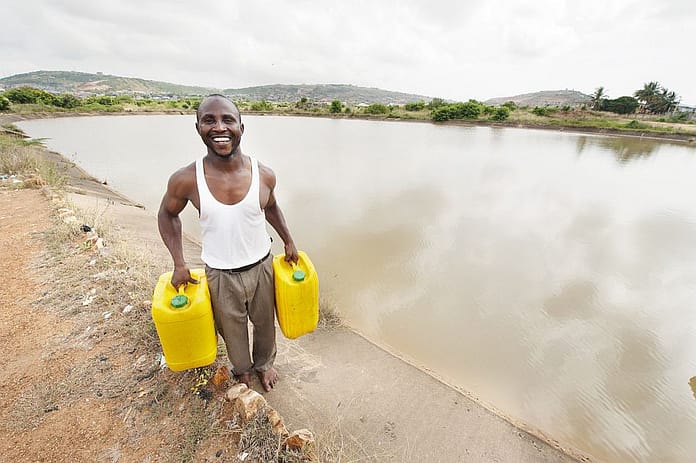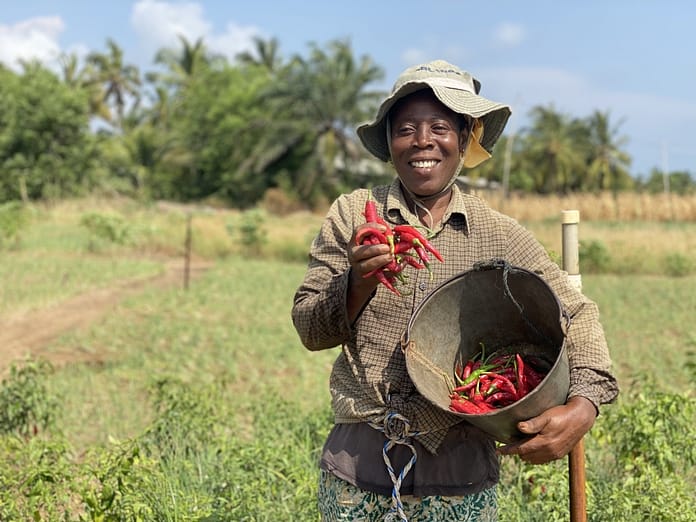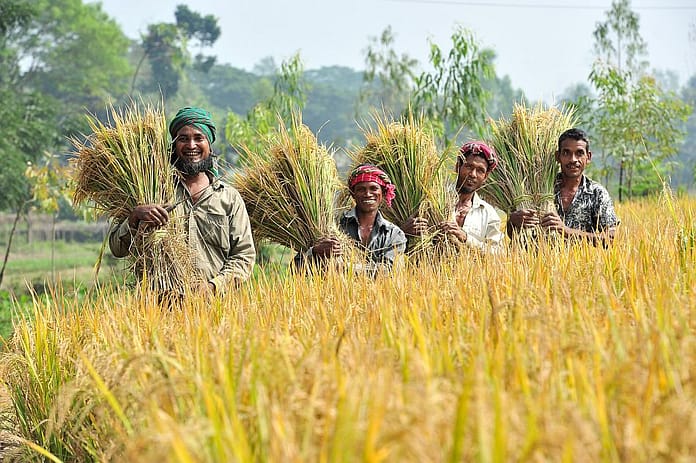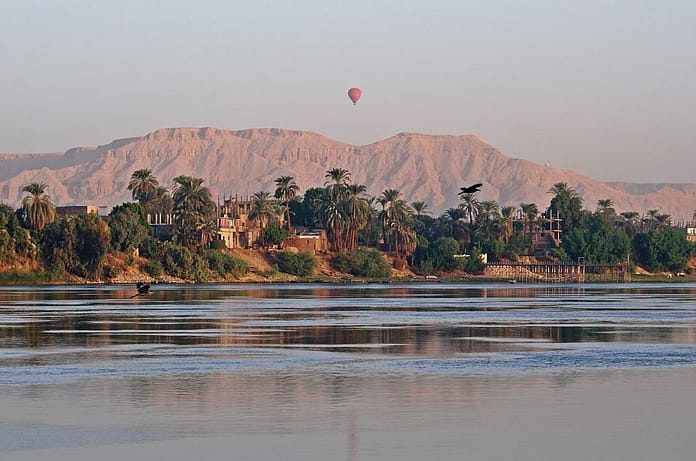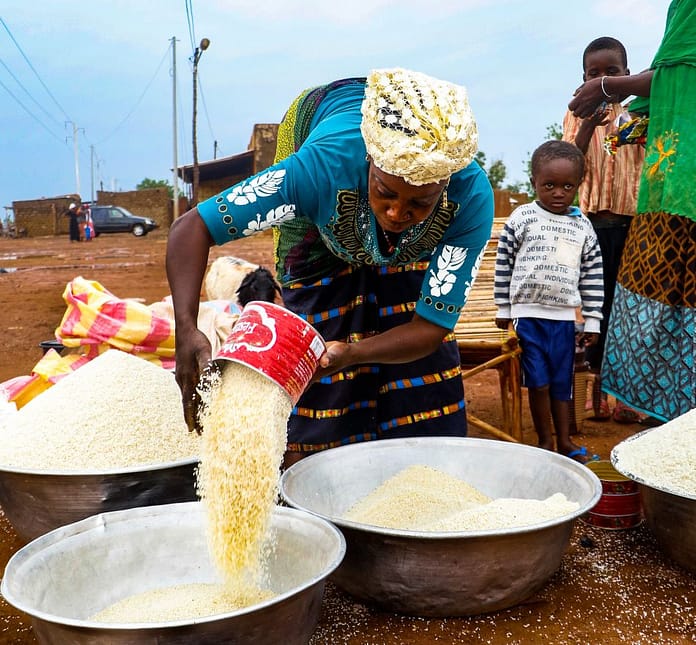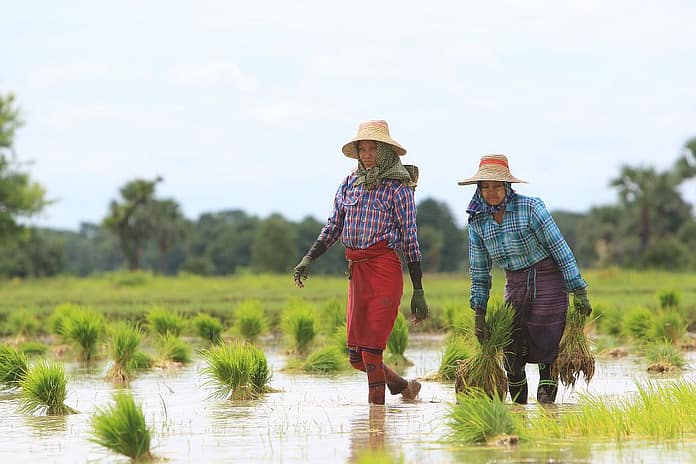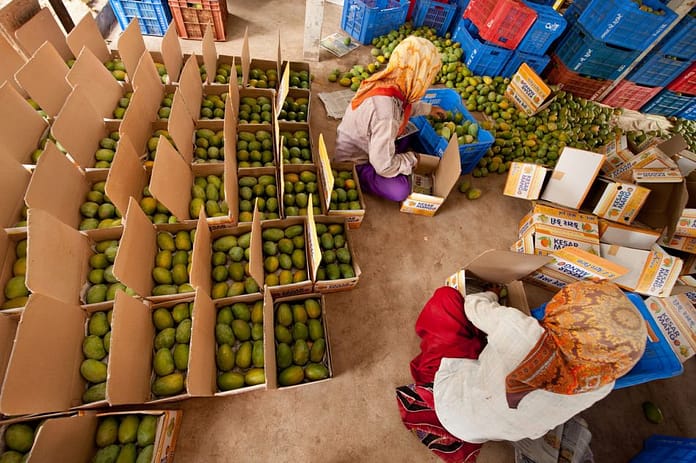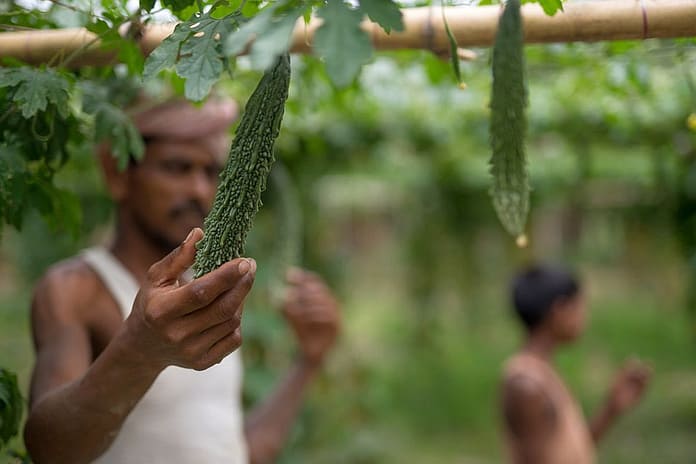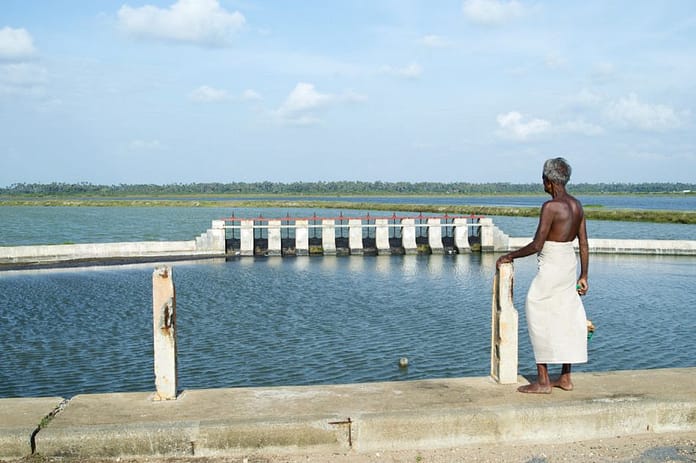IWMI Contributions to Research from February to March 2023
By Victoria Blymier, Princeton in Asia Fellow
How do humans benefit from biodiversity in freshwater ecosystems? Why are farmers in the Northern Jordan Valley resisting construction of wastewater treatment infrastructure despite facing water scarcity? With ongoing shortages of staple foods due to the Russia-Ukraine crisis, how can developing countries build greater resilience in the food supply chain? Read as IWMI researchers share the results of their investigations into these questions and more. The following IWMI contributions to journal articles from February to March 2023 are open access and can be read by clicking the DOI links below.

Shifting Waters: The Challenges of Transitioning from Freshwater to Treated Wastewater Irrigation in the Northern Jordan Valley
In response to a national water scarcity dilemma, the government of Jordan devised a plan to reuse treated wastewater for agriculture irrigation so that more freshwater could be allocated for domestic purposes. But farmers in the Northern Jordan Valley resisted this decision, halting infrastructure operations. In their study published by Water 2023, IWMI researchers and colleagues asked: what are the socioeconomic causes of farmers’ resistance and contestation, and what is the government’s institutional approach to overcome these challenges? Their study found that perceived risks of wastewater reuse fueled farmers’ resistance. Through interviews with stakeholders and informants, researchers shed light into the politics of Water User Associations, which reveal how wealthier farmers have managed to avoid treated wastewater reuse plans through informal water access practices, while less influential producers are more acceptive of wastewater irrigation. This study demonstrates that predicting and solving conflict in wastewater treatment projects requires a keen understanding of the heterogenous social-political and economic context.
Read more here.
Diversifying agrifood systems to ensure global food security following the Russia–Ukraine crisis
The Russia-Ukraine Crisis has disrupted global food supply chains through a restriction of wheat and sunflower oil imports, and increased prices of staple goods in developing countries. In their review published by Frontiers in Sustainable Food Systems, IWMI’s Tafadzwanashe Mabhaudhi and coauthors discuss the impact of the Russia-Ukraine conflict on global food security. The article contends that diversifying four areas of agrifoods systems can help advance food supply chain resilience: markets, production, crops, and technology. The authors suggest that countries could export a wide variety of commodities to multiple food trade partners; pursue sustainable intensification to diversify from feed, fuel and fertilizer; expand cultivation of neglected and underutilized crops; and explore biotechnology tools and modern breeding techniques for agriculture. Adopting these solutions could help to ensure future food security and sustainability for countries located in MENA, Sub-Saharan Africa, and developing countries in Eastern Europe, which are most vulnerable to disruptions in the food supply chain caused by the ongoing crisis.
Read more here.
The contribution of trees and green spaces to household food security in eThekwini Metro, KwaZulu-Natal
South Africa is endowed with rich biodiversity and a vast body of knowledge amongst its forest food consumers, yet households struggle to access a diversified diet with balanced nutrition. IWMI’s Tafadzwanashe Mabhaudhi and colleagues sought to examine the relationship between green spaces and food security in eThekwini, South Africa. Researchers created a questionnaire submitted by 280 households. An analysis of the data showed that merely 29% of respondents were food secure and 36% were mildly food insecure. At the other end of the spectrum, 27% were moderately food insecure, and 8% were severely food insecure. Upon disaggregating the data, the study found a positive correlation between food insecurity and non-cultivated green spaces, as well as local trees, age, marital status, and number of dependents. Cultivated green spaces, wealth index, gender, education level of heads of households and grants had a negative correlation with food insecurity. This data indicates that cultivating South Africa’s green spaces could contribute to greater food security.
Read more here.
Silent transitions: commercialization and changing customary land tenure systems in upland Laos
Traditionally, farmers in upland Laos exerted rights and access to land through swidden agriculture, but this no longer holds true. IWMI’s Diana Suhardiman and colleagues conducted a case study that unpacks the ways in which a shift to tea cultivation has elevated commercialization and individualized farming at the expense of collective interests. Their paper featured in Land Use Policy demonstrates that farm households reshaped institutional arrangements which resulted in the evolution of customary land tenure rights and systems. This transition was made through local level negotiations by the collective, even though their outcomes favored individuals. This has driven growing economic inequality between farmers who missed out on tea cultivation and those who successfully made the transition.
Read more here.
Automatization and evaluation of a remote sensing-based indicator for wetland health assessment in East Africa on national and local scales
As the global wetland loss rate accelerates, it is crucial that decision-makers and managing institutions have access to quantified and spatially explicit data for wetland management. Remote sensing tools can aid in this by supporting wetland mapping, inventorying and modeling. In their study published by Ecological Informatics, IWMI’s Sander J. Zwart and colleagues announced that their team developed a new, automated approach for Wetland Use Intensity (WUI) calculation using Google Earth Engine Cloud computing. WUI, a surrogate indictor for measuring pressure on wetlands systems, shows land cover changes caused by agricultural practices, flooding, and burning, by measuring reflectance change across a series of time of optical satellite images. The researchers’ new approach delivers automatic WUI calculations, Sentinel-2 derived time series, and automatic cloud to cloud masking. These facets generate high quality results with minimal user requirements—even when the sky is cloudy. A test of WUI’s ability to assist a wetland health assessment in Rwanda on a national and local scale proved that the adapted WUI indicator is informative, non-overlapping, and applicable for wetland management.
Read more here.
People need freshwater biodiversity
Biodiversity loss is growing at an accelerating pace, harming not only freshwater ecosystems, but the wide range of services they provide to people. IWMI’s Chris Dickens contributed to an article cataloguing nine ecosystem services provided by the biotic components of indigenous freshwater biodiversity. The article, published by WIREs Water, organizes freshwater ecosystem services into three categories: material (food; health and genetic resources; material goods), non-material (culture; education and science; recreation), and regulating (catchment integrity; climate regulation; water purification and nutrient cycling). The authors’ illumination of these vast benefits from global freshwater ecosystems exhibits why both human well-being and our sustainable future stands to benefit from protecting, conserving, and restoring freshwater biodiversity through an integrated approach.
Read more here.


